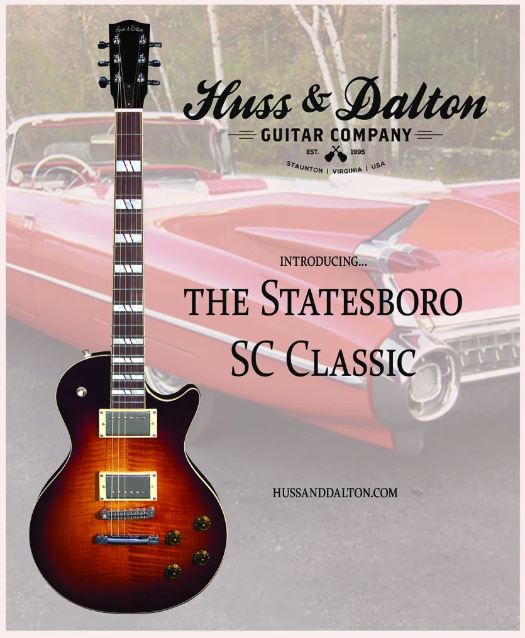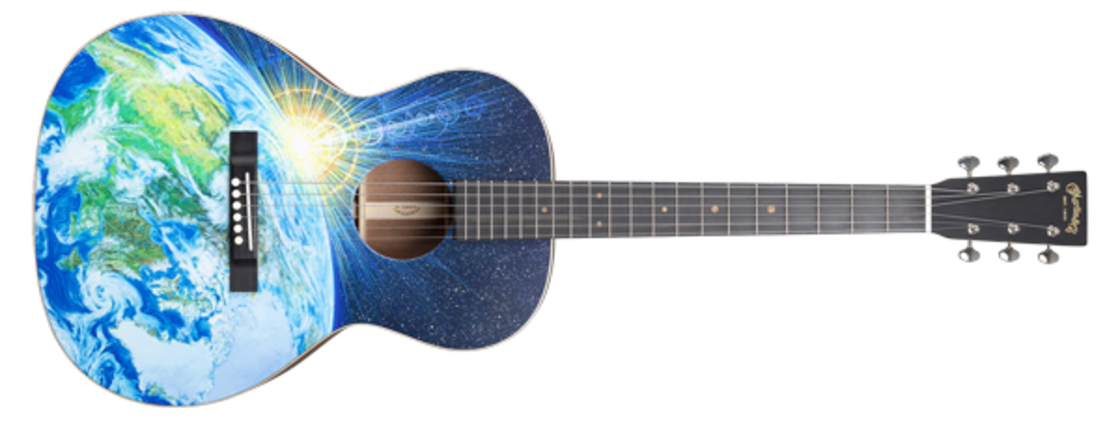A reader asks why his custom Martin has the string spacing it does.
Leslie in Tennessee writes:
Ok, I guess I’m a guitar geek because I love all of this information! And, it makes me wonder about mine….
Long story short, I played a lot of different Martins, figuring out what I liked. I ended up with a custom, a 000-28, Adi top with 1/4″ scalloped Adi braces, and a 1-3/4″ short-scale mod-low-oval neck.
I did specify short-scale and the 1-3/4″ nut; but I didn’t specify a width for the 12th fret: looking at the build sheet specs, it shows it at 2-1/8″, not a surprise.
But this string spacing is not 2-5/32″, it’s 2-3/16″ (which would be 2-6/32″.)
It’s great, I’m not complaining all, just geeking out, wondering why my custom Martin has wider spacing.
Spoon replies:
First of all, allow me to congratulate you on your taste in guitars.
I have a custom short-scale rosewood 000 with Adirondack top and 1/4″ bracing as well. But mine has the Golden Era neck and 5/16″ string spacing, having been made before all this modern taper business came about.
Your mystery is easily solved. My inner Sherlock Holmes deduces that your guitar was ordered before 2016 and the Custom Shop “starter model” was an OM-28, made with the customizations you requested.
Therefore, it would by default have the High Performance Taper to the fretboard and the corresponding string spacing of 2-3/16″, which Martin changed to 2-5/32″ in January, 2016.
The change came because the right people in the right places (probably touring professionals who Martin actually listens to) complained that it was too easy to pull the high E string off the frets up near the neck. This is an issue I have dubbed string “derailment.”
According to Tim Teel at Martin, “the difference in spacing is literally the width of a unwound light gauge E string.” But he feels it is enough to correct the issue.
When it comes to necks with a modern taper, Taylor and Collings use 2-3/16″ string spacing, as do other brands. So Martin went with that for their new taper, at first.
I have heard of the derailment issue from Collings and Taylor players, but not players of Huss & Dalton guitars, which actually have even wider string spacing of 2-7/32″ for their standard 1-3/4″ neck taper.
H&D does not base anything on the fretboard width at the12th fret. I called to ask, and Mark Dalton told me the measurement there is 2.184″, a smidge narrower than 2-3/16″. So its wider at the 12th fret on their standard taper than on that of Taylor, Collings, or Martin’s High Performance taper, if not by much.
Personally, I believe it is an issue for any guitar with frets cut at too steep an angle, too far into the fret, regardless of the string spacing or taper. But having the string closer to the edge certainly increases the odds of a derailment happening.
The times I have encountered this issue tended to be specific to a guitar, not a across multiple examples of the same model. And I tend to naturally adjust my playing over time to compensate for the occasional derailment of the string.
Since your guitar has the short-scale neck, the string spacing will not be exactly the same as on a long-scale Martin at any point along the string, except right where it terminates at the saddle and nut. If I remember correctly, the strings widen farther up the neck relative to long-scale guitars.
So you may never experience the derailment issue. Plus, your frets might not be cut as severely as guitars that have the issue.
Like this:
Like Loading...

